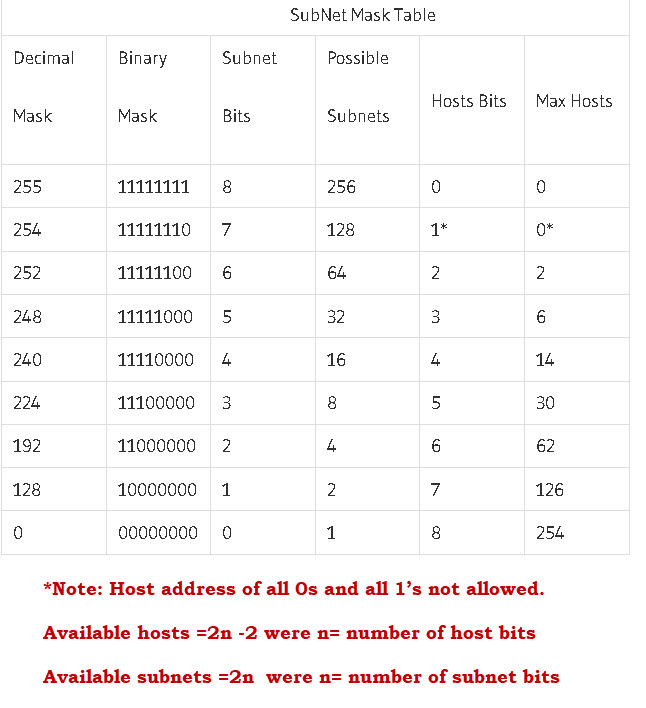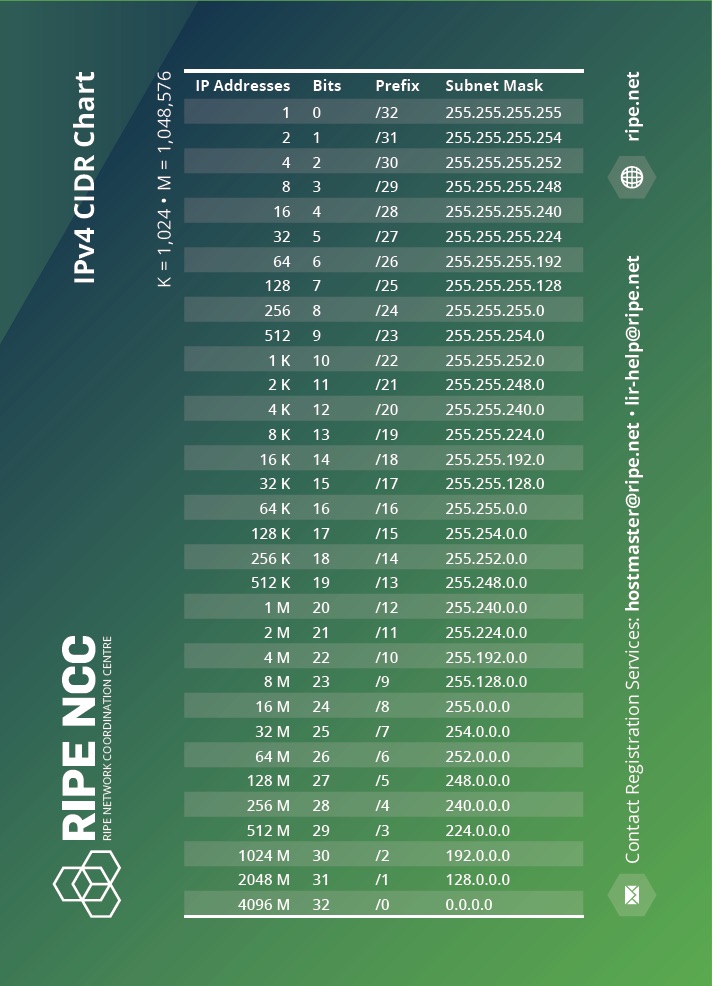

Subnetting breaks up larger networks into small parts, which is more efficient and would conserve a great amount of addresses. We always reserve an IP address to identify the subnet and another one to identify the broadcast address within the subnet. Subnetting is the process to divide the larger network into smaller sub-networks (subnets). To simplify things, the decimal representation is usually used to make IP address like this: 172. A byte consists of 8 bits (a bit is a single digit and it could only be either a 1 or 0), therefore we have a total of 32 bits for each IP address. This is an IP address example in binary: 10101100.

An IP address consists of 4-bytes of data.

IP addresses are either configured manually (static IP address) or configured by a DHCP server. IP address is a logical numeric address assigned to every single computer, printer, Gigabit Ethernet switch, router or any other device in a TCP/IP-based network, with each of them possessing a unique IP address. So let’s go through some general concepts of IP address and subnet mask. While it’s important to understand how TCP/IP networks are addressed and divided into networks and subnetworks, grasping some insights of IP address and subnet mask could be beneficial. And an IP address, subnet mask and a default gateway are necessities in the TCP/IP configuration. TCP/IP (Internet Protocol) is a suite of communication protocols used to interconnect network devices (router, 10gbe switch and etc) on the internet.


 0 kommentar(er)
0 kommentar(er)
